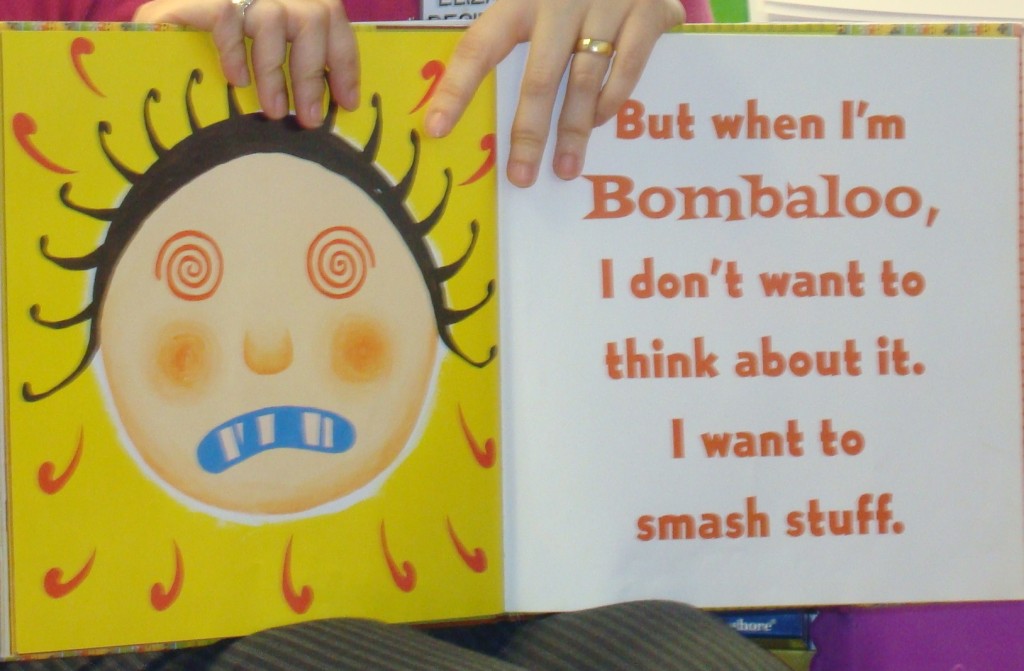The American Prospect has a beautiful feature on a high school that started trying out restorative justice, instead of defaulting to suspensions. Here’s the basic approach:
The cornerstone of KCAPA’s program is the “restorative circle.” Drawing inspiration from the American Indian practice of the talking circle, in which a totem is passed around to signal the opportunity to speak, these meetings are convened for all kinds of reasons, from gauging students’ moods to addressing acts of serious misbehavior like assault or vandalism. In those more serious cases, all affected members of the community—parents and teachers, police officers, kids from other schools, as well as the perpetrator and victim—are invited to attend. One at a time, without interruption, each participant talks about how the offense has affected him or her. Then the group comes up with a plan to repair the damage. It may sound hokey or mundane, but the results are often striking.
The program did great on the numbers (serious incidents of misbehavior dropped 60 percent), but I was most struck by this one anecdote:
Borges-Carrera also instituted a peer-mediation program to resolve conflicts before they escalate. Teachers who come across or hear about students not getting along—an argument in the hall, rumors of an upcoming fight—send them to speak with a designated peer who encourages them to talk out the problem. When the program began, students mostly ended up in mediation by referral, but over time, they have come to recognize its value for themselves. “I’ve had kids say, ‘I really want to fight today,’” Smith says. “They’ll ask for a mediation slip, and I’ll be like, ‘For who?’ And they’ll be like, ‘For me.’”
There’s an enormous difference between a disciplinary system that other people put you in, and one that feels like a resource for the bully, as well as the victim. When the focus is on punishment, instead of healing, it feels like the school justice system only exists to protect the innocent, not the whole school. Suspension is a policy of containment, not character reform.
The restorative justice circles and peer mediation reject the idea that the interests of the innocent and guilty are always at odds. The program implicitly concedes that it’s not out of the ordinary for a student to want to break the rules and also to put it right. The interventions are designed to recognized that second impulse and strengthen it.
I’m reminded of a children’s picture book I particularly love, Sometimes I’m Bombaloo, where little Katie Honors is mostly well behaved, except when she’s BOMBALOO, and throws things and knocks down block towers. After a little while, being Bombaloo is a little scary for Katie, as well for the people around her.
The most important thing isn’t for Katie to never be Bombaloo. That might be nice, but it’s unrealistic. The best thing is to have a lot of ways to stop being Bombaloo, however far you’ve gone along that path.
The most encouraging thing about this school’s restorative justice program is that it makes it easy for students to ask for help to stop being Bombaloo, and to trust that the school administrators will want to help them, not just contain them.













